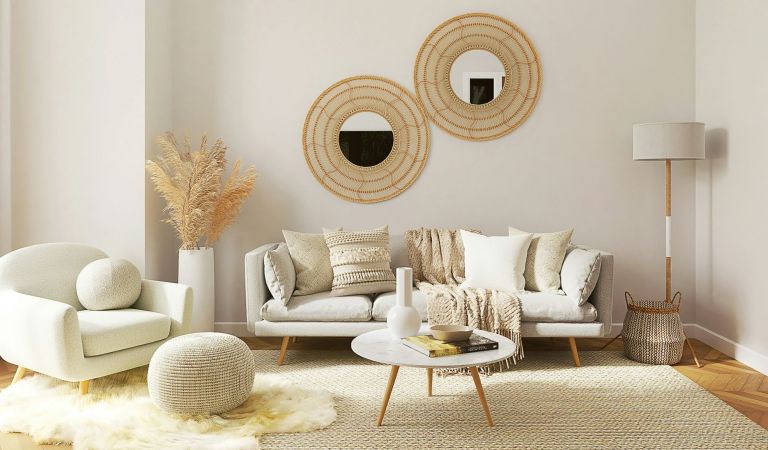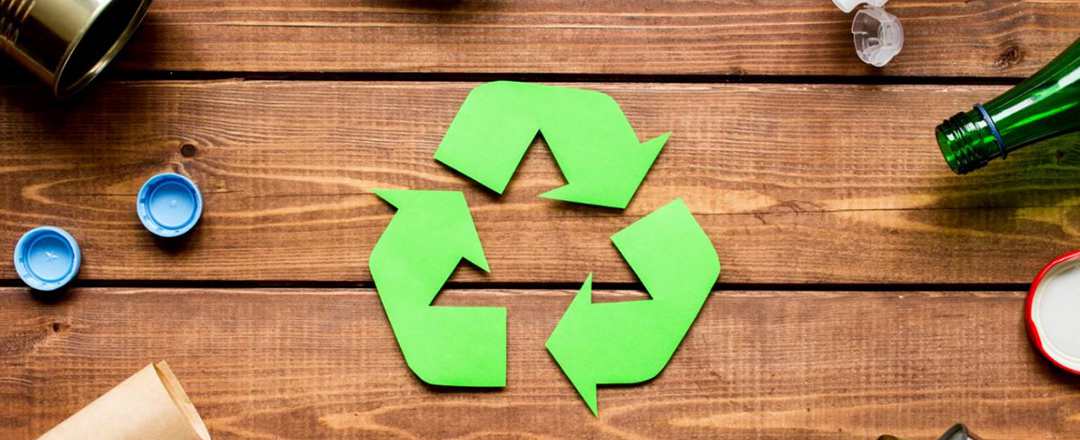“Recycling” is a word that now forms part of our daily lives and one which has acquired increasing importance over the last decade because of the significant contribution it can make to the long-term sustainability of the planet. By making a small effort every day, we can make a big difference, so make a note of our recommendations on how to recycle at home. Let’s achieve a more sustainable home!
Step One: separate your waste
When recycling at home, ideally you should separate your waste into 5 groups: plastic and packaging (yellow), organic waste (brown), paper and cardboard (blue), glass (green), and the rest of the waste.
To distinguish them, use bins of different colours, as this will make it easier for you to tell them apart them right away.
If your home is small, we suggest you use a single container that is divided into several compartments. We also suggest labelling each container or compartment with the kind of waste to be deposited in each. The labels could be the same colour as each container.
Tip: Fold up packaging and cartons and “crush” the plastics so you can fit more into the containers.
The 3 “Rs” rule: beyond recycling at home
As well as recycling as much as possible, don’t forget the other 2 “Rs”: reuse and reduce. We should try to become more aware about what we can do to use less packaging and to reduce our waste. Here are a few tips:
- Take your own reusable bag to the supermarket
- Try to buy products with as little packaging as possible
- Although paper towels can be more convenient, try to use cloth tea towels and serviettes whenever possible.
- Reuse glass jars for storage, or why not make them into decorative items. How about using them as small vases for displaying wild flowers or plants?
Common mistakes when recycling at home
- Don’t place items that are very dirty or used paper towels in the paper and cardboard container; these can be recycled with the organic waste.
- If a glass container contained a “toxic” substance such as cleaning products, or if the glass is from a mirror, crockery or light bulbs, do not put them in the green bin. Take them to a “recycling centre” where you can leave any rubbish or waste products that cannot be disposed of in the containers in your area due to their large size or their hazardous nature. These centres also recycle other items such as domestic appliances, furniture, printer cartridges and even garden waste.
- Have you ever thought about where to recycle such common items as the polystyrene trays on which meat or fish is sold? Do not throw them into the cardboard container! They should be recycled with the plastic.
Medicines, coffee capsules and oil: the eternal recycling conundrum
These three types of waste certainly generate a lot of confusion about how they should be recycled at home.
You can take medicines, which should never be thrown away with the rest of the rubbish, to your nearest pharmacy, as they usually have a container to dispose of any medicines that are unused or out-of-date.
Coffee capsules should also be taken to the recycling centre.
Any cooking oil that has been used for frying should not be poured down the sink or the toilet since it is highly contaminating. If possible, reuse it first and then store it in glass containers and take it to the recycling centre in your town.
Interesting fact to raise our awareness: did you know that, according to Ecoembes, for every 6 tins or plastic bottles we recycle, we can counteract the pollution produced by an exhaust pipe every ten minutes? We hope you have found these recommendations on how to recycle at home helpful.

















